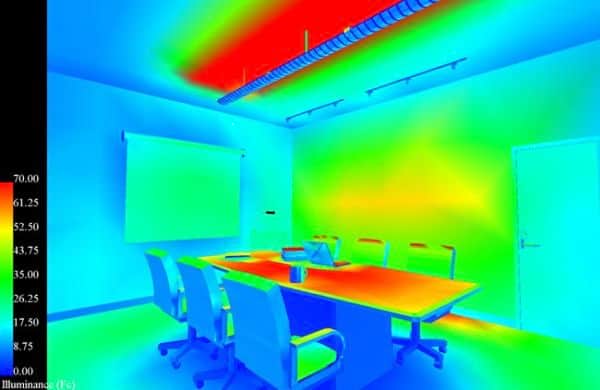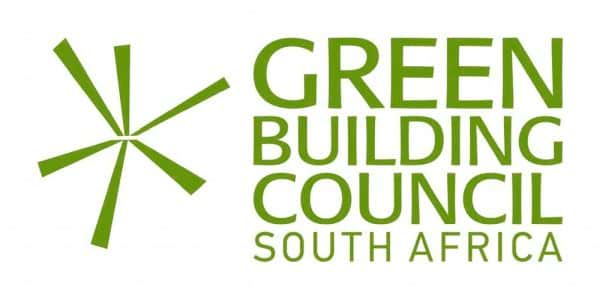Green building accreditation in Zimbabwe
As there is no formal recognition for sustainable design in Zimbabwe, we strive to adhere to the South African Green Star and the world-renowned LEED standards and apply them while designing architecture and building construction. The responsibility is on us to shape the world and leave a better place for our children and sustainable architecture is our contribution.
As far as we are aware, Pantic Architects are the only Zimbabwean sustainable design firm registered with the Green Building Council of South Africa for the Green Star SA certification tool. We can therefore guide and manage the Green Star process for all new sustainable building designs and constructions. The green design process is outlined below:
Defining goals - Sustainable Certification
In the first stages of the design process, the focus is on defining the project vision and goals. Most clients do not seek formal recognition and certification for attaining excellence by theGreen Building Council of South Africa or
the GBCSA, and therefore the process does not have to be documented. Alternatively, the client selects the certifying authority, and we set out the goals in terms of the desired level:
- four-star Green Star SA Certification,
signifying “Best Practice”
- five-star Green Star SA Certification indicating “South African Excellence”
- six-star Green Star SA Certification signalling “World Leadership”.
Based on this selection, we formulate a plan
on which credits we have to attain in order to reach our sustainable goal.
Green passive and active design software
In Zimbabwe and the region, we are fortunate with a mild climate, and intelligent solutions can help minimize the use of mechanical heating and cooling systems. We use a variety of climate, energy, lighting, temperature control software to ascertain that we have optimised our design, in order to obtain the best solution each time.
Survey and Baseline modelling
During this stage, the site is examined in detail to see where there is a possibility for intervention and room for improvement. The broad categories are Management, Transport, Energy, IndoorEnvironmental Quality, Water, Materials, Emissions and Innovation. The orientation, location and detailed climate data of the site are examined for possibilities of intervention in passive heating, cooling, shading, and humidity control.
Sustainable building design and Optimization
The green design process is an iterative one, where concepts and solutions are tried, refined and then used as a basis for a new concept until the best solution is found. This applies to not only the functional aspects but also the sustainable ones. Passive solar design solutions are scrutinized together with natural ventilation and cooling and brought as far as possible in optimizing the building before considerations for mechanical air quality controls are made. Material life cycle analysis, procurement and waste management are also vital in Pantic Architects' drive for sustainable architecture. Mechanical and electrical engineers are also involved in targeting optimal comfort both thermal and lighting and maximizing energy efficiency. Factors such as emissions control, hazardous materials, transport to site, reuse of water and materials, individual thermal control by the occupants, biophilic design, waste management, and many more are addressed during this process too.


Accreditation and sustainable architecture in Zimbabwe
Once the designs are completed and the project goes to tender or construction, the documentation for submission to GBC SA can be collated and compiled. This includes drawings, reports, schedules, analysis of various design solutions, certification of materials and technologies to be used, future user manuals, etc. All of these are submitted to the certifying authority and after some feedback and possible re-submission for clarification or integration of documentation, a decision will be reached and based on the number of credits attained, a level of Green Star certification will be granted. A sustainable building design can be used for marketing, but it also virtually guarantees that the buildings will consume less energy to maintain, will be more comfortable for its users, and will have a dramatically lower impact on the environment, or even a positive one!
Green buildings in Zimbabwe are becoming more popular and clients are recognising that investing in sustainable design in Harare and beyond yields both economic, social and environmental results. Sustainability is rapidly becoming the best way to approach architecture projects but also an approach to living your life!
Address
2.99 Hobourne Hill
Borrowdale
Harare, Zimbabwe
Contacts
Email: info@panarch.info
Phone: +263 (24) 2870 232

